PROOF POINTS: Tracing Black-white achievement gaps since the Brown decision
The Hechinger Report
MAY 13, 2024
The long-term assessment format changed in 2004, which is why you’ll notice some spikes or kinks for that year in the graphs below.) Students are expected to have learned to read by age 9, which corresponds to third or fourth grade in elementary school. The gap between white and Black students hasn't improved much since 2008.


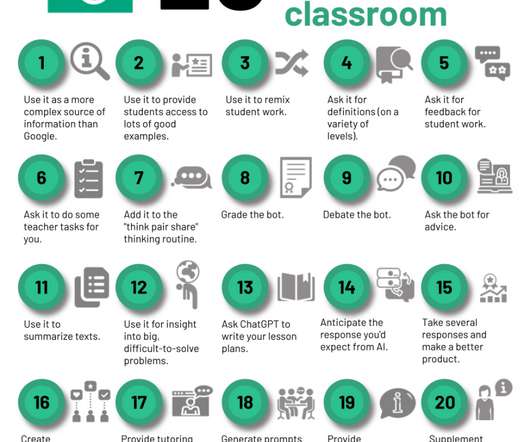
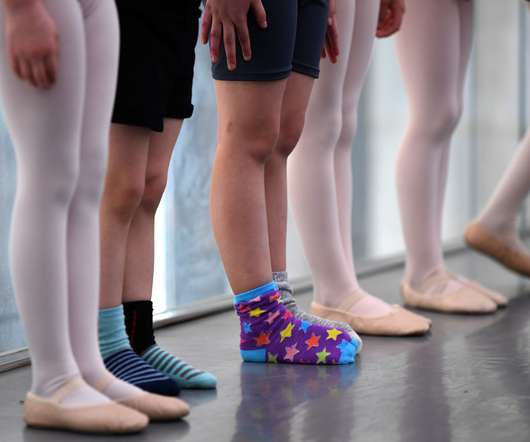
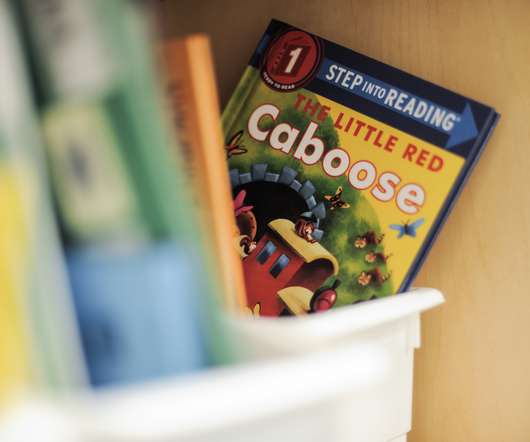




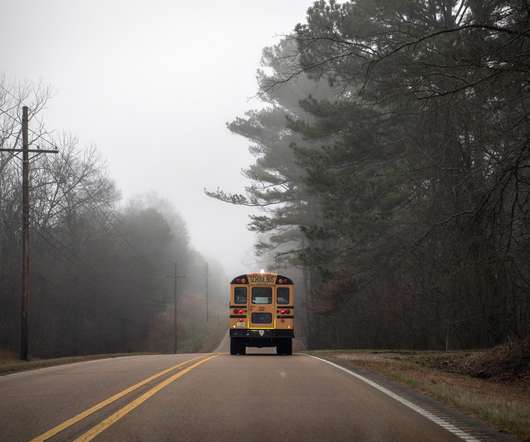









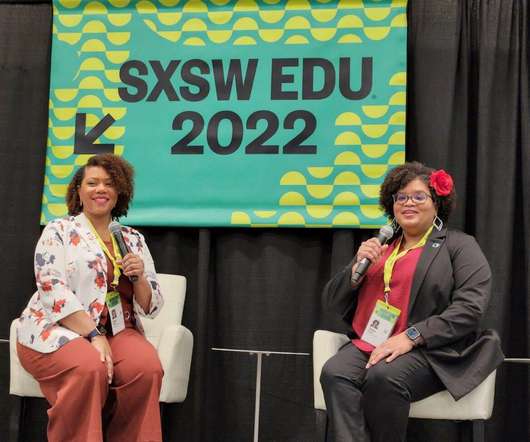


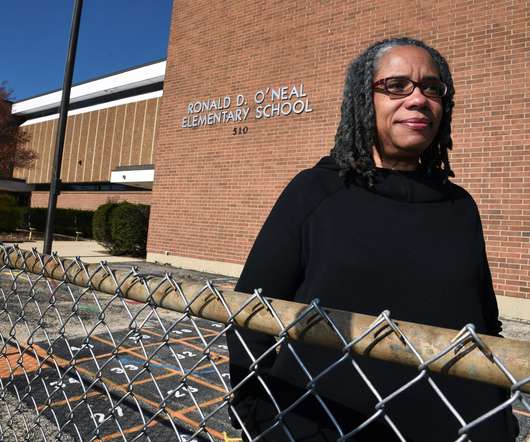



















Let's personalize your content